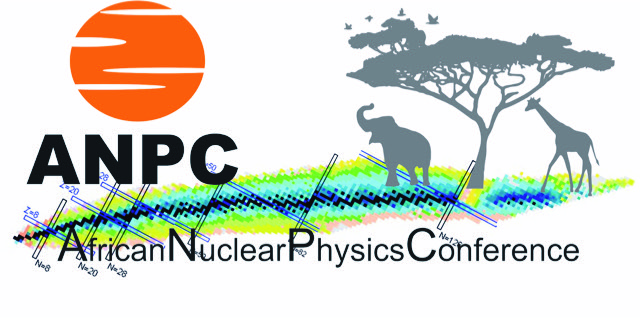Speaker
Description
Gamma-ray imaging is a well-established modality to detect, localize, and track
radioisotopes or materials that are attached to them. In well-established applications for gamma ray imaging in nuclear medicine, biomedical imaging, or astrophysics, the motion of the imaging instrument relative to the object is well defined and a limited field-of-view is sufficient to image within the constrained extension of the radiation field. In contrast to these “constrained” applications, in many radiological search and mapping scenarios, the radiation fields are not constraint and objects and source locations are not necessarily known prior to the measurement. Recent advances in computer vision along the development of compact and hand-portable imagers provide new means to map gamma-radiation in 3D by moving the instrument freely through unconstrained radiation fields.
In our Berkeley Applied Nuclear Physics program, we have developed hand-portable, omnidirectional coded-aperture and Compton-scattering based gamma ray imagers that are complemented with contextual sensors to realize what we call 3D Scene Data Fusion (SDF). Contextual sensors such as visual cameras and LiDAR are used to create 3D scenes while at the same time providing position and orientation estimates of the gamma-ray imager. 3Dfused gamma-ray images are then be produced by back-projecting the radiation into the scene in 3D, for example utilizing list-mode maximum-likelihood expectation maximization algorithms. SDF can be seen as the analog to dual-mode imaging in biomedical imaging as it combines sceneor anatomical images of the environment with gamma-ray images in 3D. This can be done in realtime and realized on a wide range of manned and un-manned platforms. We will discuss the basis of SDF and examples of applications to visualize gamma radiation in 3D, in real time, and in “color”, i.e. according to gamma-ray energies and therefore for specific radioisotopes

